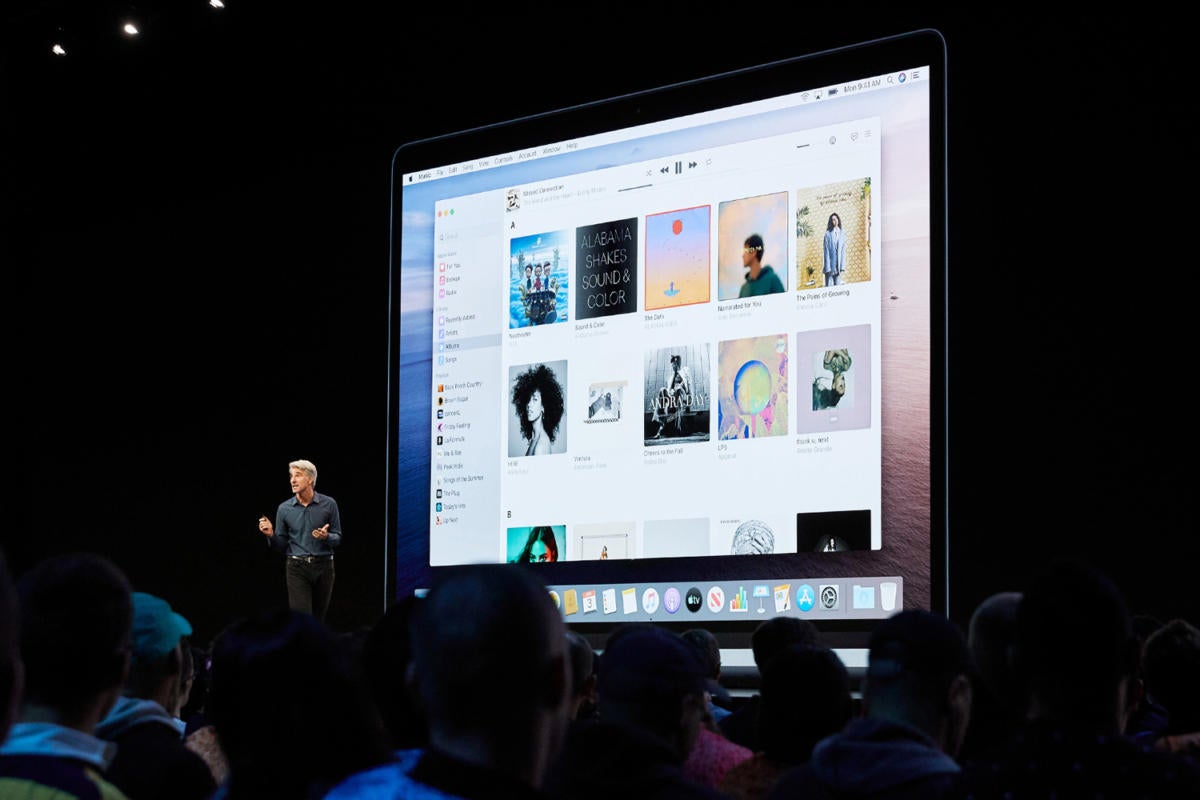How ‘Find My’ Mac works in macOS Catalina and iOS 13

Credit to Author: Jonny Evans| Date: Fri, 21 Jun 2019 08:13:00 -0700
Apple is changing how its Find My Mac tool works in macOS Catalina and iOS – it will now use Bluetooth and should find your Mac even when it is asleep.
Apple is combining two apps – Find My Friends and Find My iPhone into a new ‘Find My’ app.
The combined app offers what we are used to from each one of these individual apps, but introduces new tools based on Bluetooth.
The ideas is that it will use low energy Bluetooth signals to help bring people together with lost things.
Apple’s press release states that using the application:
“The location of a lost or stolen Mac can be securely and anonymously relayed back to its owner by other Apple devices, even when it is offline.”
“Now what’s amazing is that this whole interaction is end-to-end encrypted and anonymous,” Apple VP Craig Federighi said during his WWDC keynote.
“It uses just tiny bits of data that piggyback on existing network traffic so there’s no need to worry about your battery life, your data usage, or your privacy.”
The new feature works even when your Mac is sleeping with its lid closed.
The computer will continue to send low energy Bluetooth signals which can be picked up by any nearby Apple device.
The devices that detect your Mac’s signal do not know you, your Mac, or either location, all they do is transmit a heavily encrypted signal back to Apple, letting them know a Mac exists nearby.
If a user who has lost a Mac logs into their Apple ID/Find My app they will send a cryptographic key to Apple.
This key will unlock their Mac’s location.
They will then be shown the location of their lost friends and devices on a Map.
This means that only the end user can ever actually use this system to find their computer, and only when they are in possession of the Apple ID.
The way this works is that the Mac will send out a periodic beacon, it’s actually a rotating encryption key.
This key can be picked up by other devices that are physically nearby.
These know their location can encrypt that location and broadcast it up to Apple.
Apple can’t read this location, but the user who owns the device can log into the Find My App, download, decrypt that location and find their Mac.
The system has been developed to use as little energy as possible.
Devices pick up the signal only when they would be looking for such a signal anyway, such as when a device wakes from sleep and reaches to connect to your Bluetooth headphones, keyboard or what not.
The location will also not be transmitted until you choose to use your device to transmit other data.
The idea is that the additional battery demands of the process are mitigated by being rolled inside of tasks you are already doing.
This means any impact on both battery life and data use is very much reduced.
Apple says the system is designed so that even Apple doesn’t learn the identity of the Lost device or the finding devices.
In common with Apple’s entire approach to data security, it continues to only seek out the bare minimum of personal data it needs to make its systems work.
One way this is really visible is in Photos, where those collections of Memories or suggested Edits are all created and developed by machine intelligence on your device.
Apple is never in the loop.
Nor is it in the loop for the Find My function.
The systems can’t read the location of the lost device or the finding device from within Find My.
Apple has crafted its solution around use of a rotating encryption key.
This means the beacon from the Mac changes over time, so it cannot be used to track you or your Mac – again, the company says it has designed this feature from the ground up with your privacy in mind.
(It may also be useful to note that Apple has also done work to secure its systems against marketing companies using Wi-Fi or Bluetooth data to locate and track user location.)
The system is predicated on you owning (or having access to) two Apple devices – the one you have lost and the one you still have access to.
Each emits its own (changing) key, which can only be picked up by other Apple devices and only decrypted by a device you have access to that is also logged into your Apple ID, using the same private key as is recognized by the lost device.
Apple has created an ultra-private system that uses its entire platform with cutting edge crypotography that can safely, securely and privately help users find objects they own once they are lost or stolen.
You’ll find your stolen items on the map.
Macs equipped with a T2 chip have another layer of protection in the form of an Activation Lock, which will disable your Mac if it is lost or stolen.
Please follow me on Twitter, or join me in the AppleHolic’s bar & grill and Apple Discussions groups on MeWe.